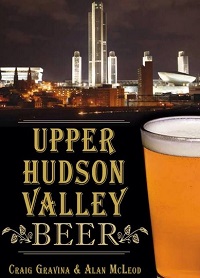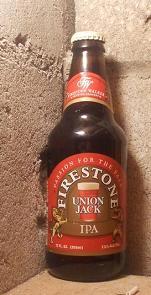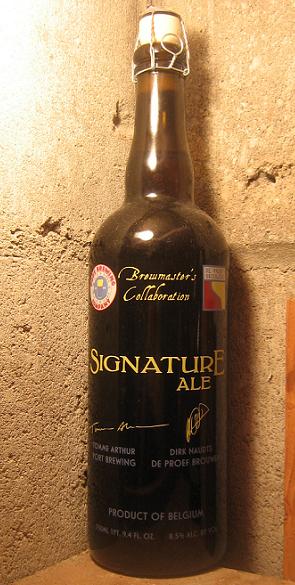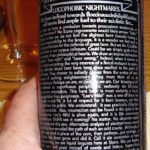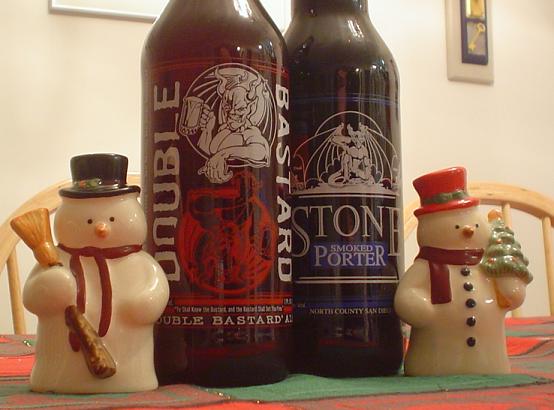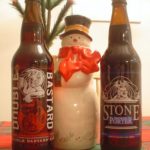 We all drink dinosaur pee. Or at least the water we drink was also in the bladders of dinosaurs. Things come and go but the supply of water on the planet is stable. We have as much as there has ever been. But while stable it is also mobile. The water that may have fallen as snow on west coast mountain ranges a few years ago might now be blanketing east coast cities. Which got me thinking the other week when I tweeted:
We all drink dinosaur pee. Or at least the water we drink was also in the bladders of dinosaurs. Things come and go but the supply of water on the planet is stable. We have as much as there has ever been. But while stable it is also mobile. The water that may have fallen as snow on west coast mountain ranges a few years ago might now be blanketing east coast cities. Which got me thinking the other week when I tweeted:
So are Cali brewers actually setting up avaricious branch plants elsewhere or just setting up their escape routes?
As is usually the case, I didn’t really put much thought into that tweet… or any other. It’s just tweeting… and it’s just beer. But ever since that clever man Stan got me thinking about the impending ceiling on the capacity to grow more barley and hops, the story playing out as California brewers seek second homes elsewhere in the United States and elsewhere in the world as me wondering if water supply is as much or more a danger to the expansion of good beer. Has the water moved away? A long way away? Last summer, the Los Angeles Times quoted the state’s brewers association’s executive director as saying if the drought “continues for two, three more years, that could greatly impact the production and growth of our breweries…” Earlier this month, an op-ed piece in the same paper said there was now one year’s worth reserves left. It’s not just bans on new swimming pools. Farms are in trouble.
Last week, the state government indicated how serious the issue was when it voted to spend $1,000,000,000 of water infrastructure. In emails back in February, Stan and I talked about the cost of creating the agricultural infrastructure to provide the over 100% increase in hop production – the extra 28 million pounds of hops – required for the US craft industry to hit the 20% in 2020 goal set by the brewers association. Is it 1,000 acres at $10,000 to buy and upgrade the acre? Or is it 2,500 acres at $20,000 to buy and upgrade? Whatever it is, it is not a billion dollars. But if the state invests that much money in securing new water supplies, who will get to use it and for what? Do breweries come ahead of playground water fountains?
I know. These are really broad and maybe dumb questions. Well, maybe not dumb as unrefined. Fortunately, others are smarter including at UC Davis where they have a California Drought Watch program which includes considerations for the brewing industry. And, yes, breweries are taking steps to help conservation efforts but will it be enough? Or is the best strategy to move with the water, to diversity through relocating? I guess all we can do it watch. Each brewery is going to have to make decisions about the long term and whether its more about stability or mobility.

